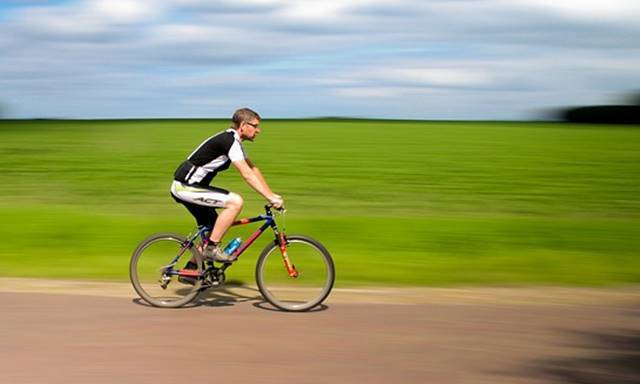Stay Sharp in the Skies: Exercise Tips for Pilots (Safety First!)
Flying an airplane can be physically and mentally demanding, especially for pilots who are tasked with long flights and frequent travel. Staying physically fit is essential for pilots, as it helps maintain concentration and alertness while reducing the risk of injuries. In this article, we’ll explore some of the best exercise tips for pilots that can help them stay in top shape, both in and out of the cockpit.
Stretching
Before any exercise or flight, it is important to warm up by stretching. This can help increase flexibility, reduce muscle tension and soreness, and improve range of motion. Pilots can do a variety of stretches for their back, neck, shoulders, hips, and legs, both while sitting and standing.
Cardiovascular Exercise
Cardiovascular exercise can help improve heart health and endurance, as well as boost energy levels. Pilots can try a variety of cardio exercises such as running, cycling, swimming, or rowing. Even something as simple as walking for 30 minutes a day can help increase circulation, lower blood pressure, and reduce stress levels.
Strength Training
Strength training is essential for pilots, as it can help improve muscular endurance, prevent injury, and enhance overall physical performance. Pilots can use bodyweight exercises, free weights, or resistance bands to strengthen their core, back, shoulders, arms, and legs.
Yoga
Yoga is a great way for pilots to reduce stress and improve their flexibility, balance, and posture. There are many different types of yoga, from gentle restorative yoga to more advanced power yoga. Pilots can practice yoga poses such as the Warrior I, Warrior II, Downward-Facing Dog, and the Tree Pose to stretch and strengthen their muscles, improve their breathing, and increase mental focus.

Ergonomics
Ergonomics refers to the design of work environments and equipment to help reduce physical strain and discomfort. Pilots can apply ergonomics by adjusting the position of their seat, the angle of the controls, and the layout of the cockpit to reduce muscle strain, back pain, and eye strain.
In addition to these exercise tips, pilots should also prioritize hydration, nutrition, and rest. It is important to drink plenty of water, eat healthy foods, and get enough sleep to maintain overall health and well-being. Pilots can also consider using tools such as massage balls, foam rollers, or compression garments to reduce muscle soreness and improve circulation.
Listen to Your Body: Don’t push yourself too hard. If you experience pain, adjust your workout or consult a healthcare professional.
Pre-Flight Warm-Up: Include light cardio and dynamic stretches before your flight, as suggested by the AOPA Air Safety Institute https://www.aopa.org/go-fly, to improve alertness and prepare your body for takeoff.
In conclusion, staying physically fit is essential for pilots to perform their job effectively and safely. By following these exercise tips, pilots can reduce the risk of injuries, maintain their energy levels, and improve their overall health and well-being. Whether it is stretching, cardio, strength training, yoga, or ergonomics, pilots have a variety of exercise options that can help them stay in top shape both in and out of the cockpit.
References and Further Reading:
- Kiefer, K. (2018). The 5 Best Exercises for Pilots. Retrieved from https://www.flyingmag.com/best-exercises-for-pilots/
- LaPorta, A. (2021). How to Stay Fit as a Pilot. Retrieved from https://www.thebalancecareers.com/staying-fit-as-a-pilot-282790
- American Council on Exercise. (n.d.). Strength Training 101. Retrieved from https://www.acefitness.org/education-and-resources/lifestyle/blog/5003/strength-training-101/



